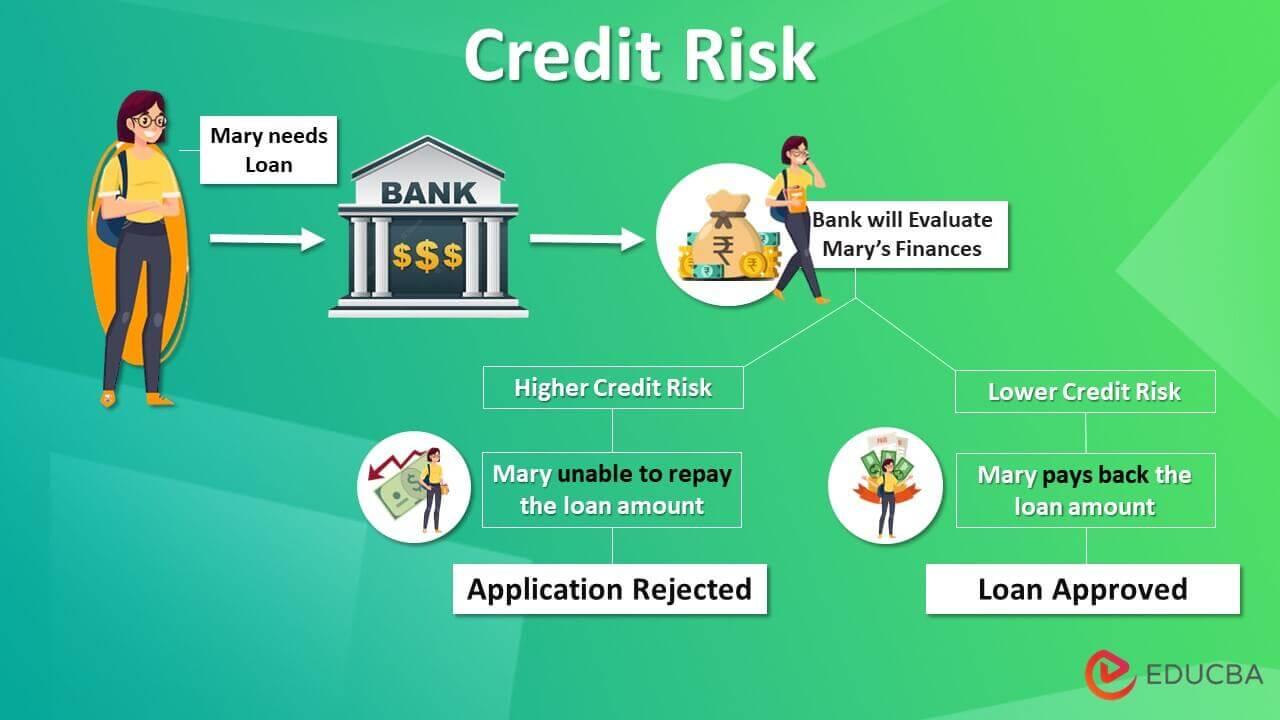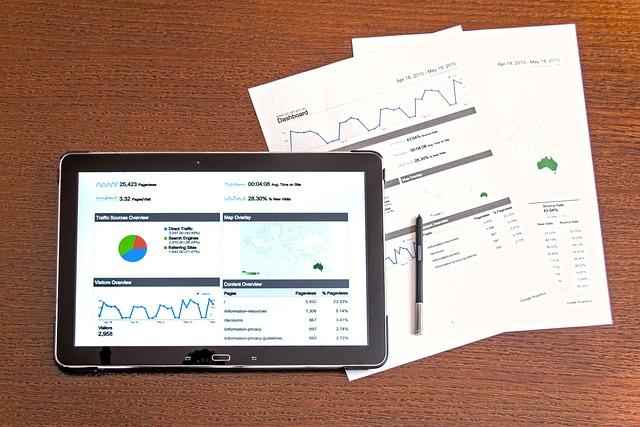In the intricate dance of finance, where fortunes are made and lost in the blink of an eye, understanding credit risk is akin to possessing a well-tuned compass in uncharted waters. As businesses and individuals alike navigate the vast ocean of economic opportunities, the ability to discern potential pitfalls becomes paramount. At the heart of this navigational prowess lies a set of powerful tools: the key financial indicators of credit risk. These indicators serve as the silent sentinels of the financial world, offering invaluable insights into the stability and reliability of borrowers. In this article, we delve into the essential metrics that not only illuminate the path to informed decision-making but also fortify the very foundations of financial security. With an authoritative lens, we unravel the complexities of credit risk, equipping you with the knowledge to steer confidently through the ever-evolving financial landscape.
Decoding the Metrics that Define Creditworthiness
Understanding the nuances of credit risk requires a deep dive into the financial indicators that paint a comprehensive picture of an individual’s or entity’s financial health. Among these, the Debt-to-Income Ratio (DTI) stands out as a crucial metric. It measures the proportion of income that goes toward servicing debt, providing insight into an individual’s ability to manage additional credit. A lower DTI suggests greater financial flexibility and lower risk for lenders.
Another vital metric is the Credit Utilization Ratio, which evaluates the percentage of available credit currently being used. Maintaining a low utilization ratio is often indicative of prudent financial management. Additionally, lenders closely monitor the Payment History, which reflects the consistency and reliability of past payments. A solid payment history can significantly enhance creditworthiness. Key indicators include:
- Length of Credit History: A longer credit history can demonstrate stability and experience in managing credit.
- Types of Credit in Use: A diverse mix of credit accounts, such as revolving and installment credit, can positively impact credit evaluations.
- Recent Credit Inquiries: Frequent credit checks can signal financial distress, potentially affecting credit scores.

Navigating the Complex Landscape of Credit Risk Assessment
In the intricate realm of credit risk assessment, a keen understanding of financial indicators is paramount. Among these, the debt-to-income ratio stands as a cornerstone, offering a glimpse into an individual’s or entity’s financial health. This ratio, calculated by dividing total monthly debt payments by gross monthly income, serves as a barometer for potential default risk. A lower ratio typically signals a greater capacity to manage debt, while a higher ratio may raise red flags for lenders.
Another critical indicator is the credit utilization ratio, which measures the amount of credit being used compared to the total credit available. A lower utilization ratio is often viewed favorably, suggesting disciplined credit management. Key financial indicators also include:
- Payment History: A record of timely payments can significantly boost creditworthiness.
- Length of Credit History: Longer credit histories provide more data for assessing risk.
- Types of Credit in Use: A diverse mix of credit accounts can indicate a well-rounded credit profile.
Each of these indicators, when analyzed collectively, provides a comprehensive view of credit risk, enabling lenders to make informed decisions in a complex financial landscape.

Strategic Insights for Mitigating Financial Exposure
In the intricate world of finance, understanding and mitigating exposure to credit risk requires a strategic approach that is both comprehensive and nuanced. Key financial indicators serve as vital tools in this endeavor, offering a window into potential vulnerabilities. Liquidity ratios, for instance, provide insight into a company’s ability to meet short-term obligations, a crucial factor in assessing creditworthiness. Debt-to-equity ratios reveal the balance between debt financing and shareholder equity, highlighting the potential for financial distress if leverage is excessive.
- Credit Utilization: Monitoring how much credit is being used compared to the total available can signal potential overextension.
- Interest Coverage Ratio: This measures a company’s ability to pay interest on its outstanding debt, a key indicator of financial health.
- Cash Flow Analysis: Evaluating cash flow from operations can provide a clearer picture of a company’s ability to generate cash to meet obligations.
By leveraging these indicators, financial professionals can craft strategies that not only identify but also mitigate credit risk, safeguarding their organizations against potential financial pitfalls. The integration of these insights into risk management frameworks is essential for maintaining financial stability and achieving long-term success.

Expert Recommendations for Strengthening Credit Portfolios
In today’s volatile financial landscape, understanding and leveraging key financial indicators is crucial for fortifying credit portfolios. Delinquency rates serve as a fundamental metric, providing insights into the proportion of loans that are past due. A rising delinquency rate often signals underlying borrower distress, necessitating a proactive approach to portfolio management. Loan-to-value (LTV) ratios are equally critical, offering a snapshot of the loan amount relative to the value of the asset purchased. High LTV ratios can indicate increased risk, prompting the need for stringent credit assessments and risk mitigation strategies.
- Debt-to-income (DTI) ratio: This measures a borrower’s ability to manage monthly payments and repay debts. A lower DTI suggests better creditworthiness.
- Credit utilization rate: This reflects the amount of credit being used compared to the total available credit. Keeping this rate low is a positive sign of credit health.
- Provision coverage ratio: A high ratio indicates a robust buffer against potential loan defaults, enhancing portfolio resilience.
Integrating these indicators into credit risk models can significantly enhance decision-making processes, enabling financial institutions to anticipate potential risks and adjust their strategies accordingly. By doing so, they not only safeguard their portfolios but also optimize their overall financial performance.





